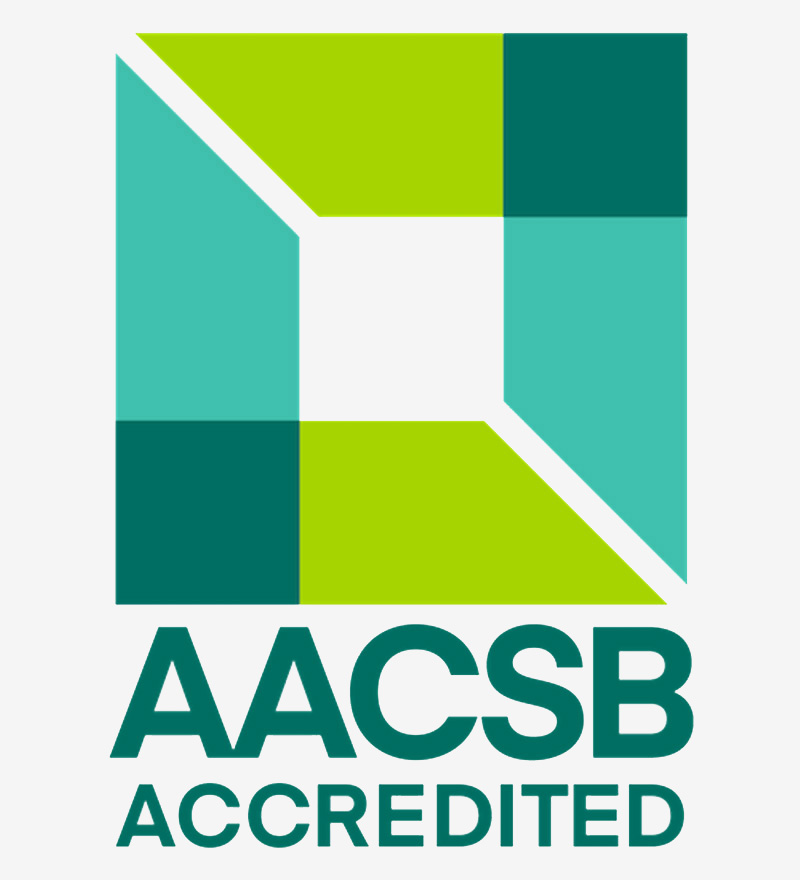David Thomson Scholarship for Accounting, supported by Pitcher Partners
For commencing Bachelor of Accounting students from a rural/regional area; worth up to $50,000.
Cheng King Law Scholarship
For vocational and undergraduate students studying property, accounting, commerce, economics, finance, and financial planning who are from a diverse background and/or can demonstrate circumstances which impact their study; worth up to $40,000.





